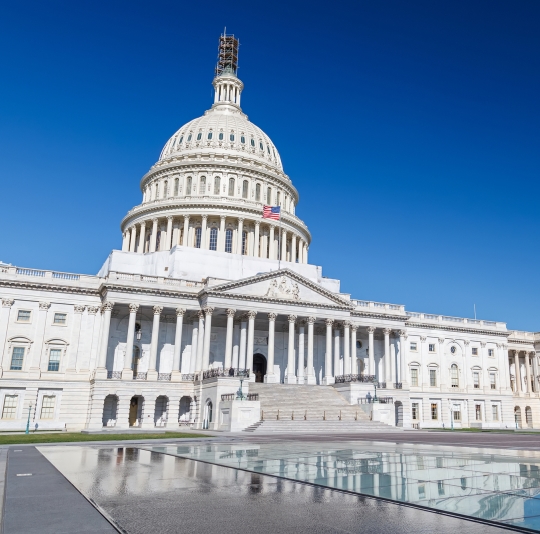Today, Congresswoman Jennifer Wexton (VA-10) voted for H.R. 1644, the Save the Internet Act. This bipartisan bill would restore net neutrality protections that were previously in place under the Obama Administration.
Notably, the Save the Internet Act includes an amendment from Congresswoman Wexton that requires the FCC to submit to Congress within 30 days a plan for how the Commission will evaluate and address problems with the collection on Form 477 of data regarding the deployment of broadband Internet access service. Form 477 is used by the FCC to determine which providers are servicing which areas and it is the government’s main source of data used for identifying underserved areas of opportunity.
“I’m proud to support a free and open internet,” said Congresswoman Jennifer Wexton. “The Save the Internet Act puts consumers, small business, and entrepreneurs first—ensuring that the internet remains a level playing field for everyone.
“If you look at the current FCC map of broadband access in my district, you’d think everyone has access to high speed broadband internet. But that’s not the case. My amendment to the Save the Internet Act helps fix this problem. It will ensure the FCC submits a plan for how they will evaluate and address problems with the collection of data about the deployment of broadband Internet access service. Better data and improved maps are critical if we want to make universal broadband a reality.”
WATCH: Congresswoman Wexton speaks on the House floor in support of her amendment to the Save the Internet Act.

The Save the Internet Act creates popular, bipartisan, and targeted net neutrality protections which shield consumers, small businesses, and competition from abusive practices of internet service providers.
- The Save the Internet Act mirrors the similar bipartisan Congressional Review Act legislation that passed the Senate last Congress and had 182 bipartisan signers in the House. See Washington Post
- An overwhelming 86 percent of Americans opposed the FCC’s roll back of the same protections that would be enacted by the Save the Internet Act, including 82 percent of Republicans. See University of Maryland Poll.
The Save the Internet Act would enact true net neutrality protections that are designed for today and tomorrow without loopholes.
- The Save the Internet Act includes enhanced transparency protections, and enacts specific rules against blocking, throttling, and paid prioritization. It empowers the FCC to investigate consumer and business complaints, and, when necessary, fine internet service providers for violations of the Communications Act.
- Beyond those bright line protections, the Save the Internet Act empowers the FCC to stop internet service providers from undermining net neutrality principles through new and harmful mechanisms.
- The Save the Internet Act stops internet service providers from exploiting choke points online, such as interconnection points, by setting up a case-by-case review so these bottlenecks aren’t once again used to stifle our connections. See ARS Technica.
The Save the Internet Act provides the FCC the authority to support broadband access for rural areas, as well as low-income communities, veterans, and disabled Americans.
- The Save the Internet Act revives important authorities the FCC used to fund rural broadband as part of the Connect America Fund, starting in 2011. See Bloomberg Law.
- The Save the Internet Act also restores authorities the FCC used starting in 2016 to fund broadband for low-income Americans, including veterans, seniors, students, and disabled Americans, under the Lifeline program that has subsidized phone service since the Reagan Administration, but only began fully supporting internet access recently. See Lifeline Order.
- Nothing in the Save the Internet Act would diminish internet service providers’ investments in broadband. However in 2017 after the Trump FCC repealed the 2015 protections, investments by many of the largest providers actually went down despite their claims that just opposite would happen. When the kind of protections the bill restores were in place from 2015-2016, providers did not cut back on investing, deploying and increasing speeds. See ARS Technica.
Background on the Wexton Amendment:
The Wexton Amendment would require the Federal Communications Commission to submit to Congress, within 30 days, a plan for how the Commission will evaluate and address problems with the collection of Form 477 data regarding the deployment of broadband Internet access service. Form 477 is used by the FCC to determine which providers are servicing which areas and it is the government’s main source of data used for identifying underserved areas of opportunity. It has been almost two years since the FCC originally sought comments on ways to improve the value of the data they collect through Form 477.
The update of form 477 is an important step towards better data collection. Having better data and the creation of improved maps is essential to ensuring that service providers and governments have the tools they need to truly make universal broadband internet access a reality. This amendment allows Congress to hold the FCC accountable in their mission to promote competition, innovation, and most importantly investment in broadband services and facilities.
###




